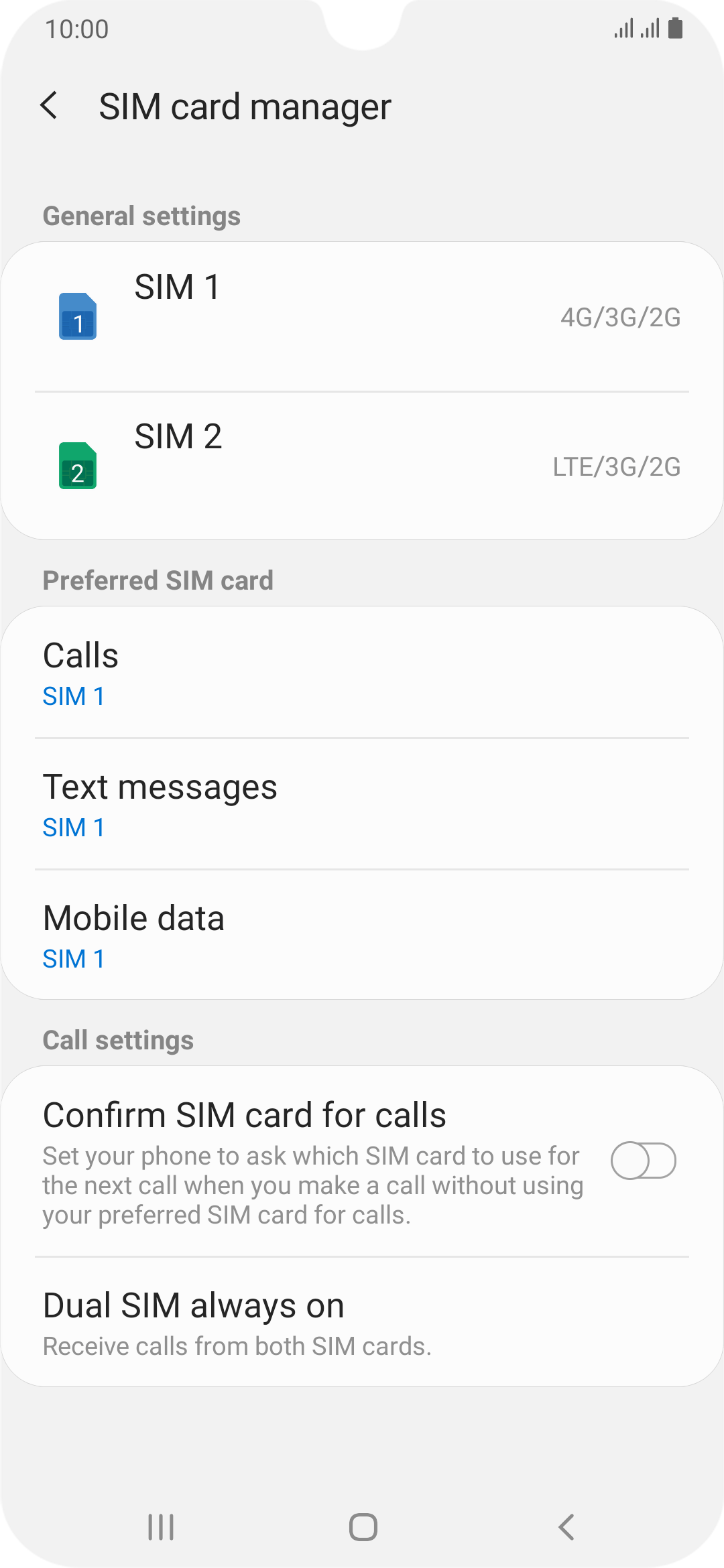
- Manage apps on a samsung phone how to#
- Manage apps on a samsung phone install#
- Manage apps on a samsung phone software#
Manage apps on a samsung phone how to#
Google Snuck a File Manager in Android Marshmallow & Here's How to Find It
Manage apps on a samsung phone install#
Install the Xposed Framework on Android 6.0 Marshmallow Devices Use the Galaxy S8's Hidden Screen Recorder on Other Samsung Devices Get the New Pixel Launcher from Android 9.0 Pie on Any Phone - No Root Needed Manage App Permissions on Android (No Root Required) Use BlackBerry's DTEK Security Suite to Protect Your DeviceĬompletely Prevent Apps from Accessing Your Camera & Microphone on Android Set Beep Alerts to Warn You of Missed Messages Lock Any App with a Fingerprint on Android MarshmallowĪndroid 6.1 Rumored to Include Native Split Screen SupportĬheck for Out-of-Control App Permissions on Android Get the New Android 6.0 Marshmallow Boot Animation on Any Android Device Privacy Under Threat as More Android Apps Eavesdrop on Ads How Google Forcing Apps to Target Oreo Will Help with Android's Malware Problem From here, choose the "Apps" entry, then find and select the app whose permissions you'd like to manage. First, if you'd like to manage the permissions for a particular app, start by heading to Android's main Settings menu. If that's the case, you've got 2 options. But what if you change your mind after the fact or you accidentally pressed the wrong button on that pop-up? Managing App Permissions (Method 1)ĭeciding whether you want to give an app permission to access certain data in the first place is easy-simply tap "Deny" or "Allow" when prompted by the app. No longer can apps access all of the information your device collects, unless of course you explicitly press "Allow" when prompted. This is the basic premise behind Android app permissions, and as you can imagine, it makes for a much more secure experience. So it's entirely your call-don't want Facebook knowing your location? Just press "Deny" when it asks for permission to access GPS data. Previously, Android would give app developers the benefit of the doubt and simply allow them to access this data any time they asked.īut now, instead of readily handing out permission to access this information, Android requires that apps check with you before they use certain elements. For instance, the GPS chip lets your device know exactly where on earth it is, and the Wi-Fi radio lets your device connect to the internet.Īpps sometimes need access to this information-for instance, Google Maps needs access to your device's GPS status so it can know where to put that little blue dot on the map.
Manage apps on a samsung phone software#
App Permissions ExplainedĪll of the sensors and software in your Android device can be used to determine lots of different information. This will then present you with a list of all the apps on your Samsung phone and to delete one, simply tap on it and then select ‘Uninstall’ on the screen that appears.An app permission request on Marshmallow. Select OK from the prompt that appears.Īpps can also be deleted from the Settings menu by going to Settings > Apps. Locate the icon of the app you want to remove permanently and then long-press it to open the context menu.From your home screen, swipe up from the bottom of the screen or tap the app tray icon if you have a theme coming up.Another quick way to remove apps from your device is to delete them from the app tray, especially if they don’t appear on your home screen.Tap the name of the app you want to delete.

:max_bytes(150000):strip_icc()/remove-samsung-apps-from-settings-menu-app-info-page-356ef0a2e6fe42f0b34682a0c3c86e1b.jpg)

For example, uninstalling apps from a Motorola or LG phone is different from doing it on a Samsung device, for example.

While the methods of deleting or uninstalling apps are relatively similar between Android devices, each device may have brand-specific steps.


 0 kommentar(er)
0 kommentar(er)
